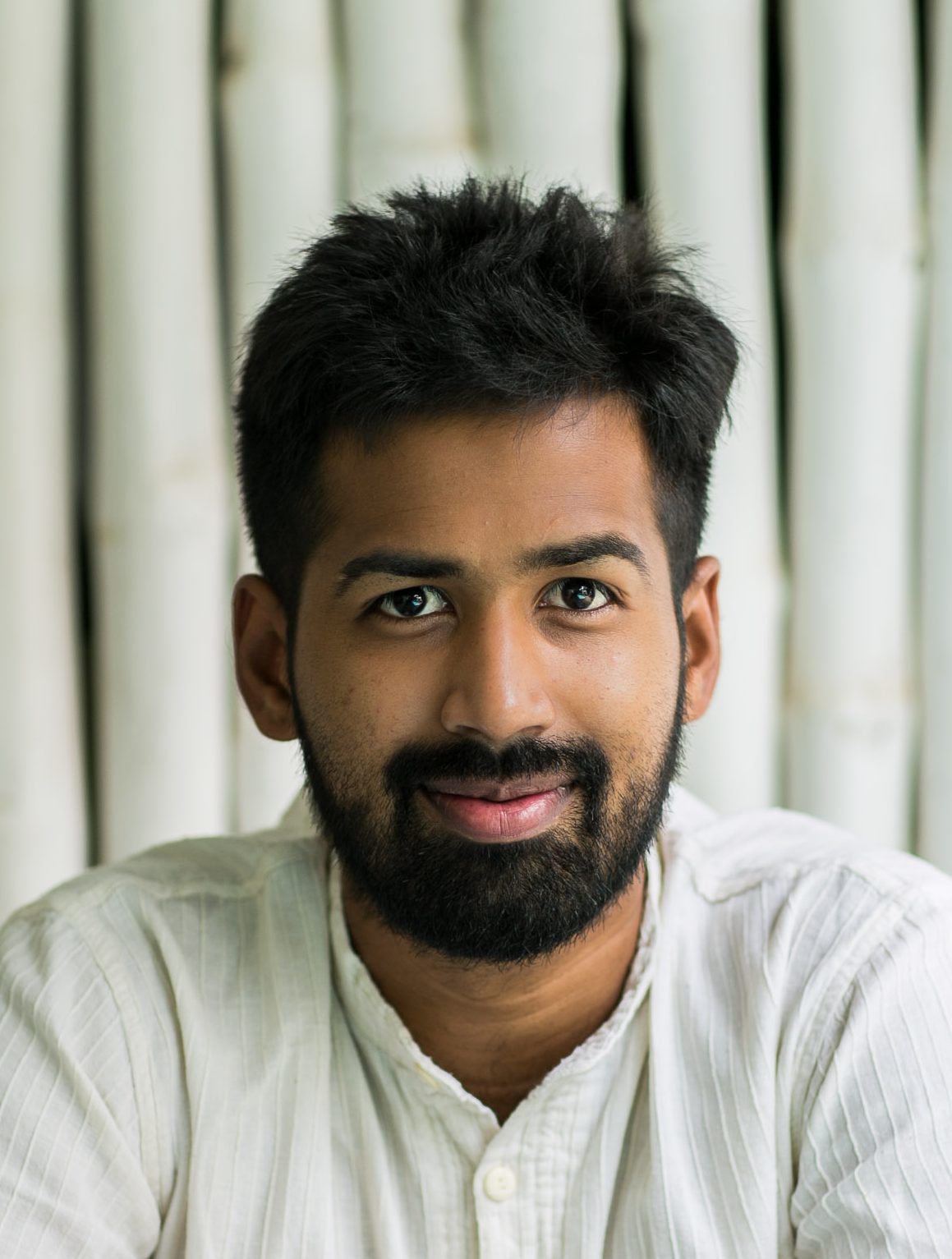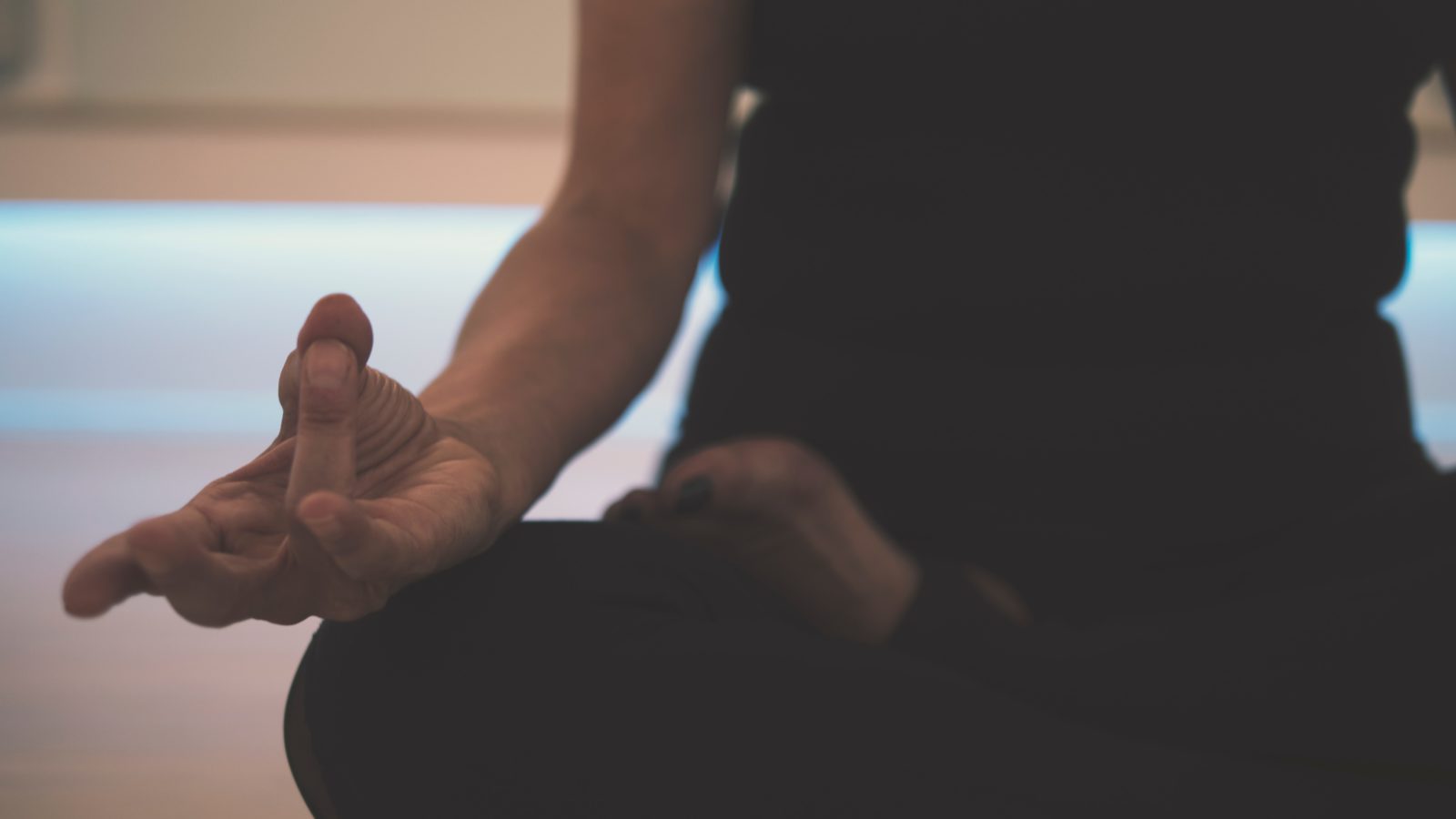According to a report analysing data from the Blue Cross Blue Shield Health Index, there has been a major increase in mental health issues amongst millennials since 2013. Issues like stress, anxiety and depression are plaguing the minds of our youth, and there seems to be no slowing this process down. If not addressed soon, these mental health issues can lead to even more permanent mental health disorders and nervous breakdowns.
A survey conducted by Mind Share Partners revealed that a large number of millennials and Gen ‘Z’-ers have quit their jobs in search of better opportunities, solely due to the large amount of work pressure, and stress and anxiety due to internal factors. A report from the Pew Research Center found that millennials suffer higher rates of burnout than other generations due to longer working hours and stagnant wages. These, in turn, affect their productivity and ability to concentrate and complete tasks.
The main reason why millennials are so focused on mental stability is because they are aware of mental health issues and understand how important it is to live a well-balanced life. They are more likely to approach their organisations and seek help for mental health-related issues as compared to baby boomers. But this only goes so far.
While most millennials will be mindful of the issues they are going through, the process to counter these is still unexplored and unknown to them. Millennials are too burnt-out, lonely, or stressed to think about the solutions that will enable them to combat the mental health issues they face. That’s where yoga steps in.
What if you could somehow deal with these issues in a way that enables you to enjoy a healthy balance between life and work? Sounds too good to be true, right? Yoga has been known to empower the practitioner to overcome lifestyle problems like obesity, insomnia, anxiety, stress, and many other mental and physical issues.
What makes Yoga work is the fact that it focuses on relaxing the body, and in doing so, relaxes the mind. This plays a major role in helping ease mental stress and therefore mental health-related issues. Here are a few asanas that will help you find your balance, relax your core and soothe your body and mind:
Asanas for stress and depression
1. Easy Pose (Sukhasana):
Sukhasana is one of the easier Yoga asanas, and so you can practice it anywhere!
- Sit on a soft surface (a yoga mat or blanket) with your legs extended in front of you.
- Bend your knees, crossing your right shin in front of your left shin.
- Don’t forget to breathe steadily!
- Move your knees closer together and make sure your feet are directly underneath them.
- Place your palms on your knees and relax your wrist, take gyan mudra.
- Breathe normally.
Benefits: Sukhasana helps build physical and mental balance.
2. Corpse Pose (Savasana):
For this asana, you can choose to use a bolster.
- Begin by lying down on your back, with your legs straight and heels slightly apart.
- Place the bolster under your head, along your neck.
- Make sure it’s comfortable.
- Place your arms alongside your torso with your palms facing up.
- Stay in this position for 5-10 minutes with your eyes closed while focusing on your breath.
Benefits: It helps release fatigue, depression and tension.
Asanas for anxiety and panic attacks
1. Channel Clean Breath (Nadi Sodhana Pranayama):
This pranayama helps to stabilise your breath, thereby calming your body and mind.
- Begin by sitting in a comfortable asana and nasagra mudra.
- Gently close your right nostril with your thumb and inhale and exhale 3 times from your left nostril.
- Now close your left nostril with your ring and little finger.
- Inhale and exhale 3 times from your right nostril.
- Release your thumb.
- Inhale 3 times from both nostrils and exhale from mouth.
- Practice this 5 to 7 times, then release the hand mudra and resume normal breathing.
Benefits: Being a meditative exercise, it has relaxing effects on the mind and body.
2. Cat – Cow Pose (Marjariasana):
- Begin this asana on your hands and knees in a ‘tabletop’ position.
- Keep your legs and knees a hips-width apart, and keep your hands in line with your shoulders.
- Centre your head in a neutral position and your eyes should look at the floor.
- Inhale while lifting your sitting bones and chest toward the ceiling, allowing your belly to sink toward the floor.
- Then, lift your head to look up.
- Exhale, stretch your spine towards the ceiling, take your chin to the collarbone.
- Repeat this between 10-20 times.
Benefits: It helps increase the flow of blood and relaxes the mind.
Once you begin your Yoga journey, you will only breathe positivity into your life, and you will be filled with an energy you didn’t know you had before. All you constant phone checkers and anxious youngsters, yoga is your way to living a better life. So why not start today?


